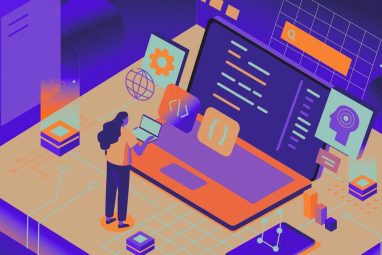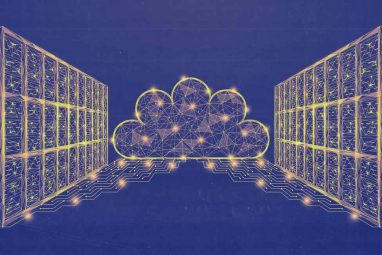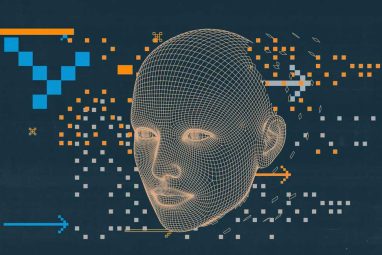Multi-cloud Adoption Accelerates Complexity of Technology Stacks
According to a new report, 98% of technology leaders in the UAE find that traditional AIOps models deliver limited value.
Topics
News
- UAE Dominates Global Data Centre Rankings as Region Becomes Digital Infrastructure Hotspot
- AI Adoption Climbs 233% Globally with the Middle East Showing Similar Momentum, Report finds
- du Launches UAE’s First Sovereign Hypercloud for Government and AI Innovation
- Ooredoo Launches Sovereign AI Cloud in Qatar Powered by Nvidia GPUs
- Dubai Future Foundation and WEF Release Top 10 Emerging Technologies of 2025
- Deloitte and AWS Forge $1 Billion Alliance to Accelerate Digital Transformation in the Middle East

[Image source: Krishna Prasad/MITSMR Middle East]
In recent years, multi-cloud has become the new reality in enterprise technology, as organizations face new challenges such as increased levels of remote work and collaboration with new business partners and suppliers. Multi-cloud strategy helps organizations gain the flexibility and scalability they need, increases business agility, and improves operational efficiency from their technology.
The new research by Dynatrace reveals that organizations are continuing to embrace multi-cloud environments and cloud-native architectures to enable rapid transformation and deliver secure innovation.
However, despite the speed, scale, and agility these modern cloud ecosystems enable, organizations need help managing the explosion of data they create.
The State of Observability 2024 research findings underscore the need for a mature AI, analytics, and automation strategy that moves beyond traditional AIOps models to drive lasting business value.
According to the report, 98% of organizations say the complexity of their technology stack has increased in the past 12 months, and 72% say it will continue to grow. The technology leaders say multi-cloud complexity makes it more difficult to deliver outstanding customer experiences (92%) and makes applications more difficult to protect (88%).
Additionally, 97% of technology leaders say cloud-native technology stacks produce an explosion of data beyond humans’ ability to manage. On average, organizations in the UAE use 11 different monitoring and observability tools to manage applications, infrastructure, and user experience.
About 92% of technology leaders say the number of tools, platforms, dashboards, and applications they rely on adds to the complexity of managing a multi-cloud environment, according to the report.
“Multicloud environments have become mandatory for modern organizations, bringing the speed, scale, and agility they need to deliver innovation,” said Bernd Greifeneder, CTO at Dynatrace. “However, as the footprint of their cloud-native architectures continues to expand, organizations are also seeing their technology stacks growing in complexity. A vast array of cloud platforms and services support even the simplest digital transaction, and the huge amount of data these environments produce makes monitoring and securing applications increasingly difficult. As a result, critical business outcomes like customer experience are suffering, and it is becoming more difficult to protect against advanced cyber threats.”
Other key findings of the report include:
- 83% of technology leaders say manual approaches to log management and analytics cannot keep up with the rate of change in their technology stack and the volumes of data it produces.
- 88% of technology leaders say their teams’ time maintaining monitoring tools and preparing data for analysis steals time from innovation.
- 85% of organizations have adopted AIOps to reduce the complexity of managing their multi-cloud environment.
- 98% of technology leaders say probabilistic machine learning approaches have limited the value AIOps deliver due to the manual effort needed to gain reliable insights.
Cloud-native architectures have unleashed data, challenging IT, development, security, and business teams. Without the ability to transform this diverse data into real-time, contextually relevant insights, teams struggle to understand what is happening in their environment and lack the answers to solve issues quickly and decisively.
While many organizations turn to AIOps, they often encounter limited value due to reliance on probabilistic methods, which can be imprecise and time-consuming to implement, according to Greifenede.
“To overcome the complexity of modern technology stacks, organizations require advanced AI, analytics, and automation capabilities. By unifying diverse data, retaining its context, and powering analytics and automation with a hypermodal AI that combines multiple techniques, including causal, predictive, and generative AI, teams can unlock a wealth of insights from their data to drive smarter decision-making, intelligent automation, and more efficient ways of working.”
Keen to know how emerging technologies will impact your industry? MIT SMR Middle East will be hosting the second edition of NextTech Summit.





